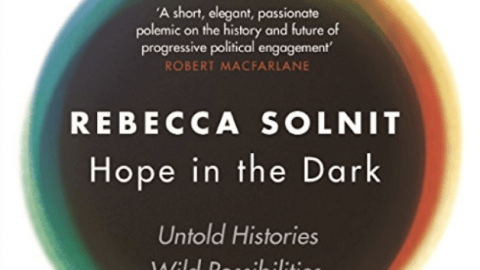
The thin line between agency and victimhood is drawn in how we tell those stories. The stories we tell ourselves about our private pasts shape how we come to see our personhood and who we ultimately become. The stories we tell ourselves about our public past shape how we interpret and respond to and show up for the present. Indeed, the stories we tell ourselves about these poles matter.


In my own reflections on hope, cynicism, and the stories we tell ourselves, I’ve considered the necessity of these two poles working in concert. It was his way of honoring the same duality that artist Maira Kalman would capture nearly a century later in her marvelous meditation on the pursuit of happiness, where she observed: “We hope. Urn:oclc:460110110 Republisher_date 20170315140115 Republisher_operator Republisher_time 401 Scandate 20170314172914 Scanner .“There is no love of life without despair of life,” wrote Albert Camus - a man who in the midst of World War II, perhaps the darkest period in human history, saw grounds for luminous hope and issued a remarkable clarion call for humanity to rise to its highest potential on those grounds. OL17643410W Page-progression lr Page_number_confidence 91.36 Pages 164 Ppi 300 Related-external-id urn:isbn:0143054821

Internetarchivebookdrive External-identifier Access-restricted-item true Addeddate 16:36:04.380139 Bookplateleaf 0002 Boxid IA1149406 City New York Donor


 0 kommentar(er)
0 kommentar(er)
